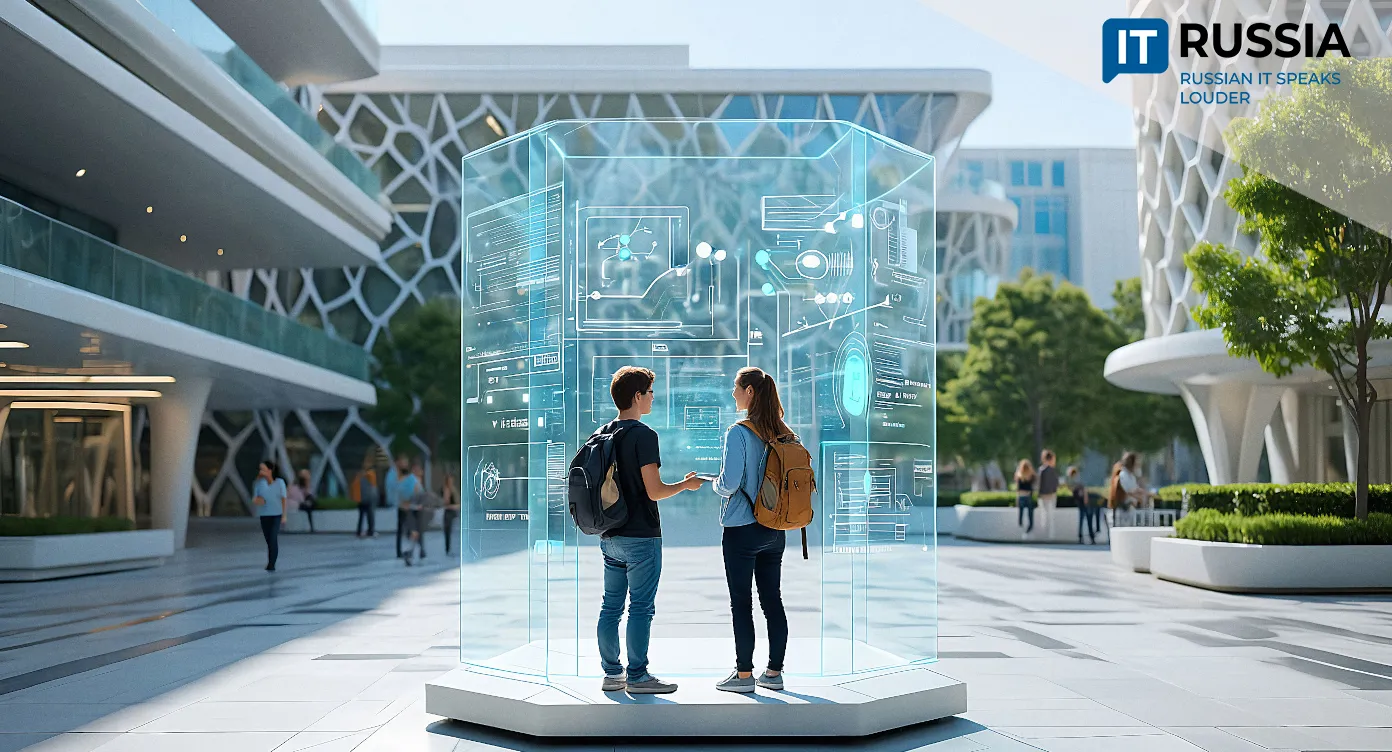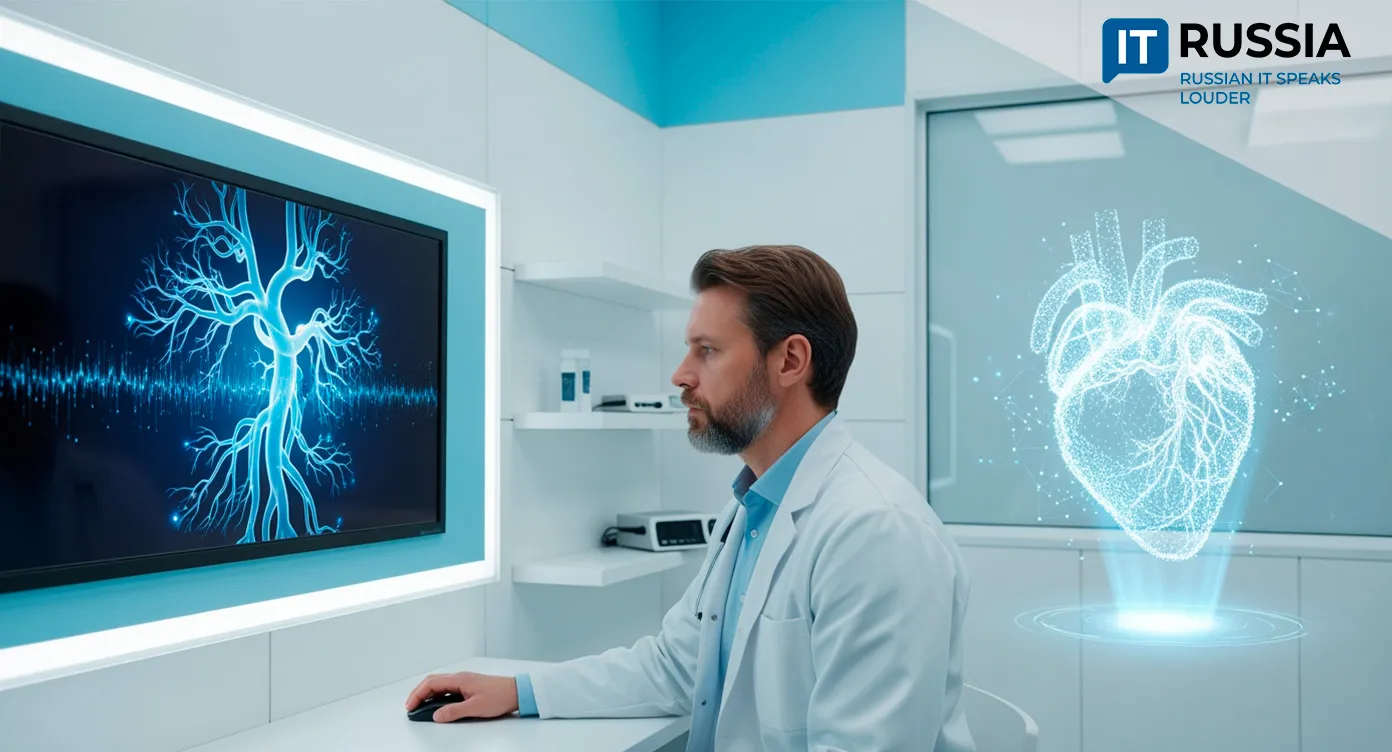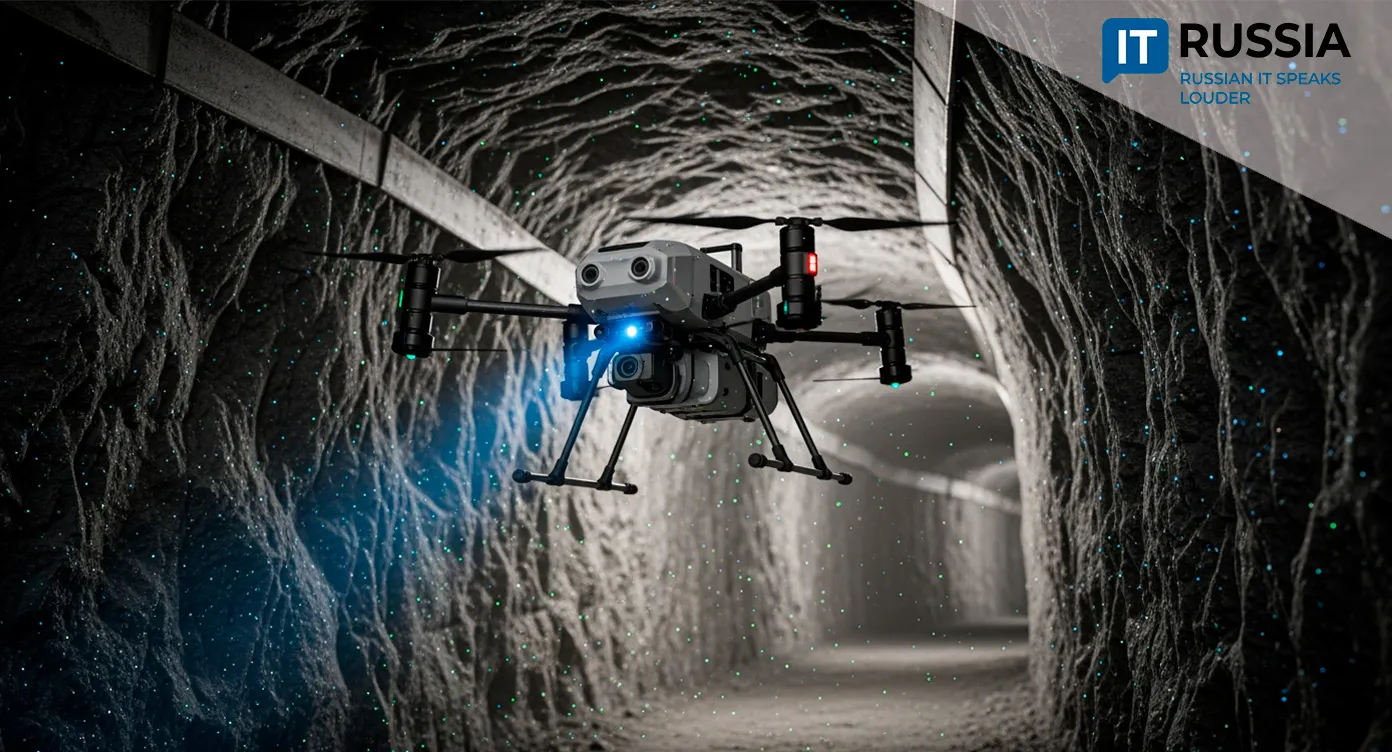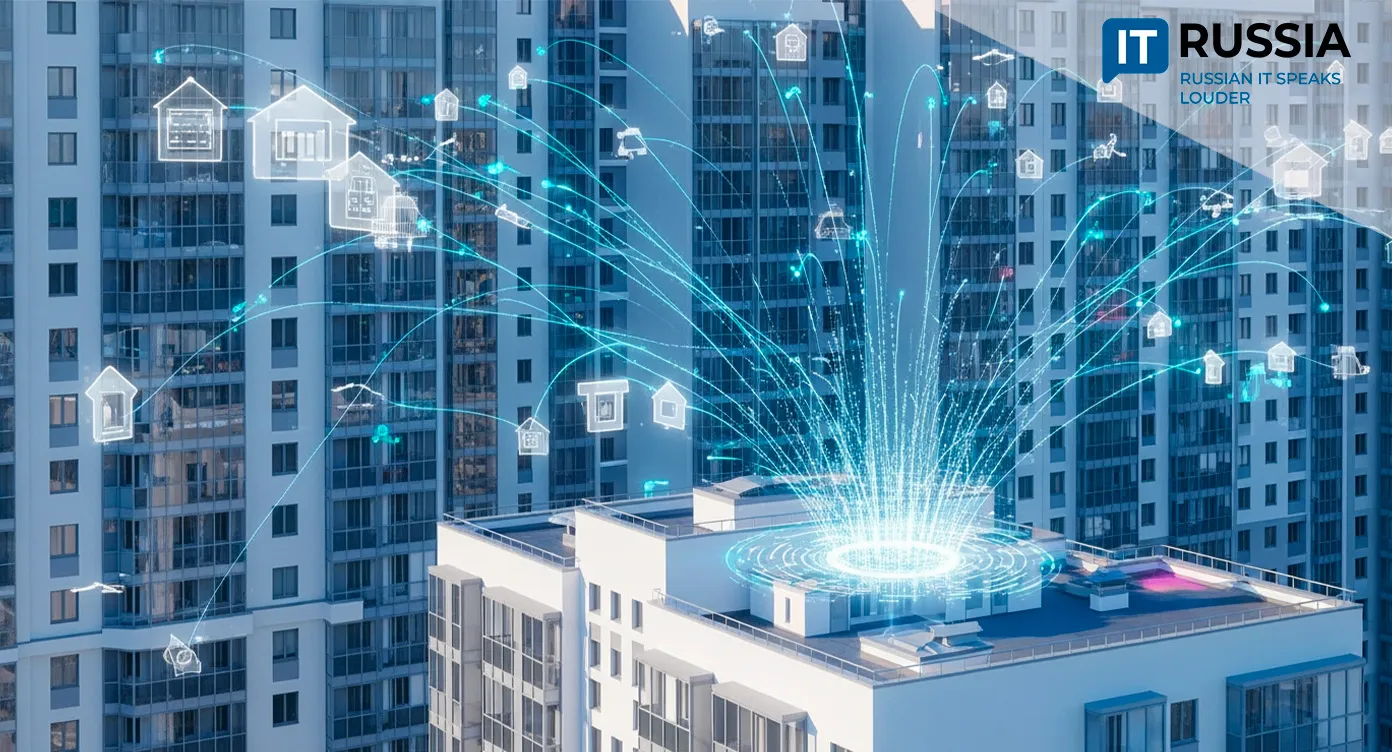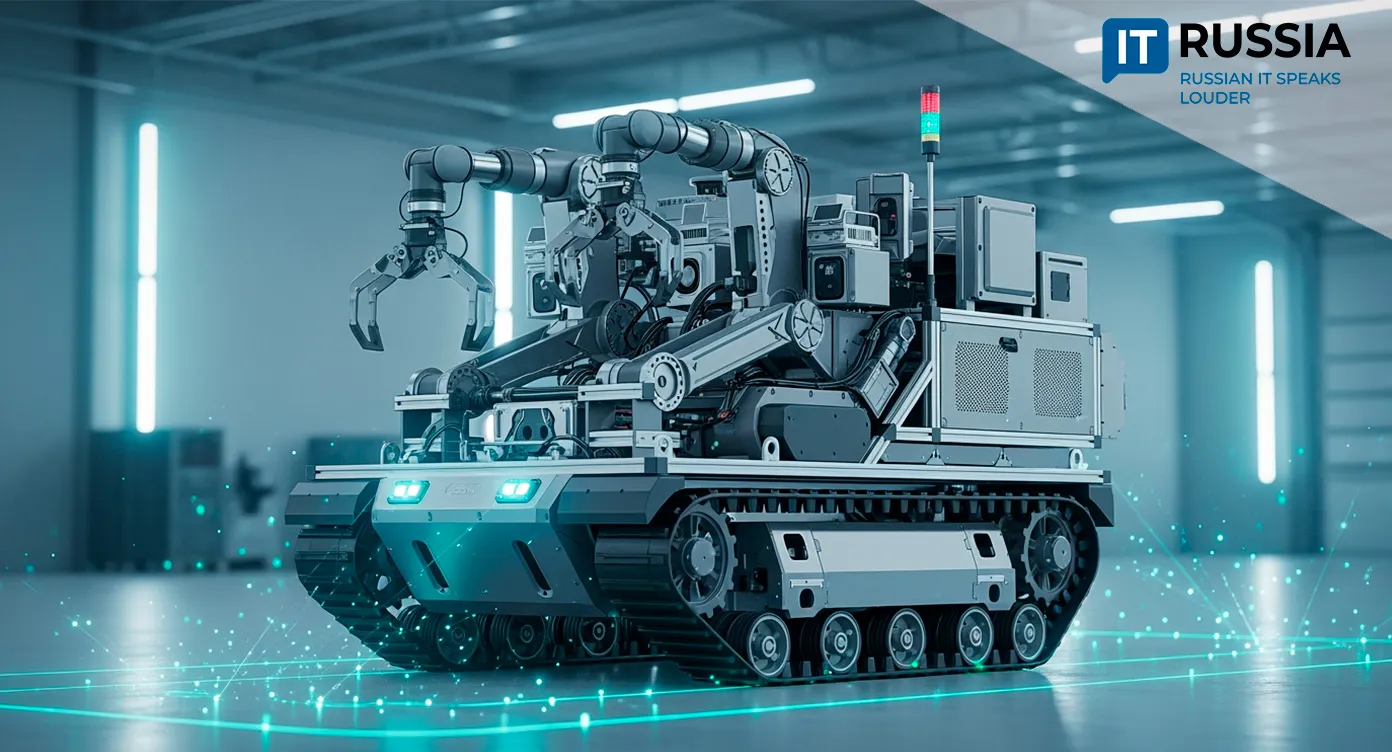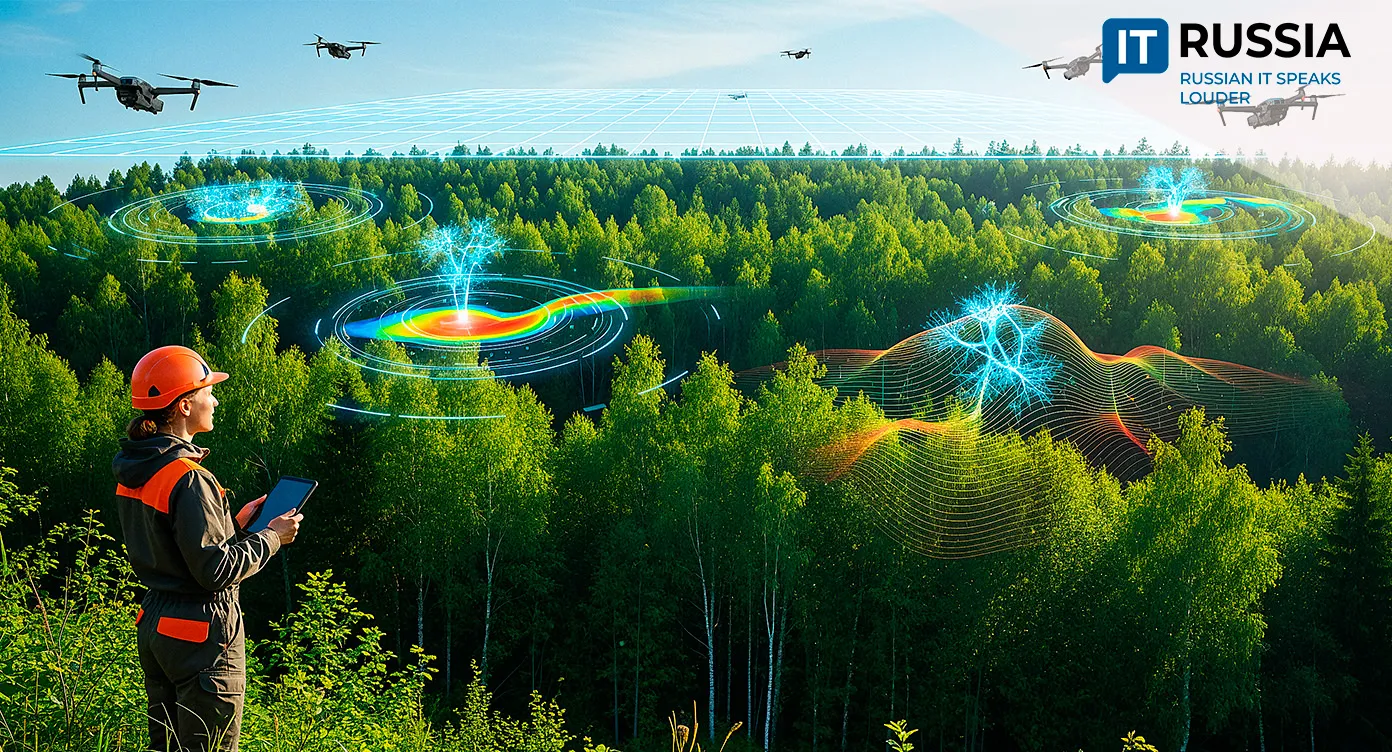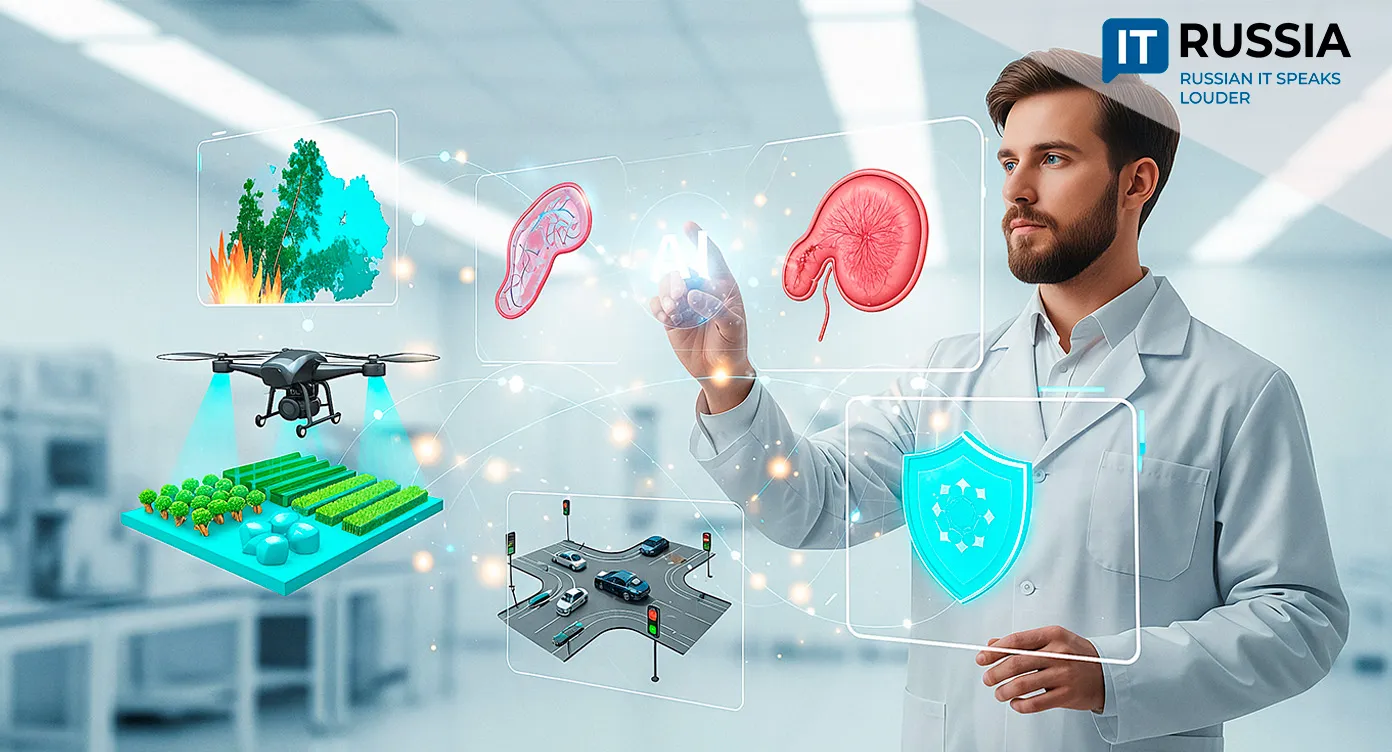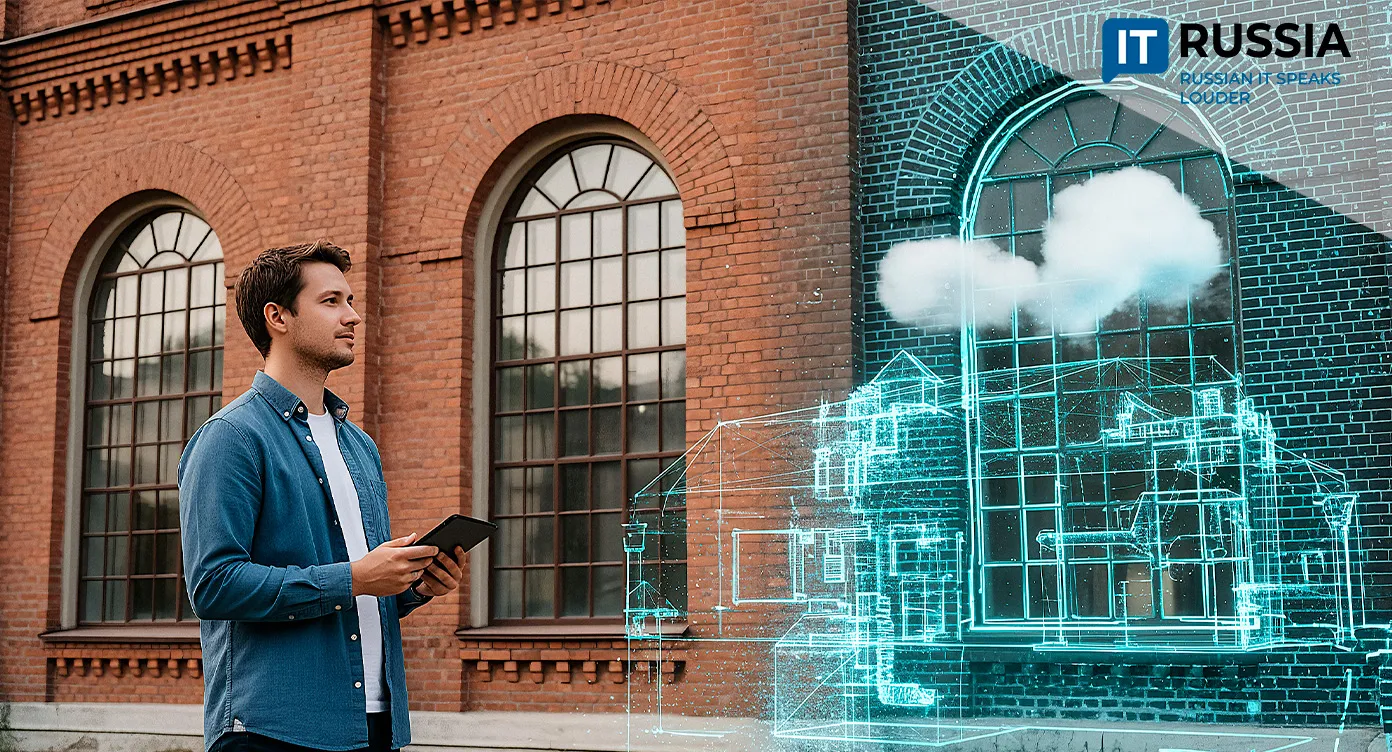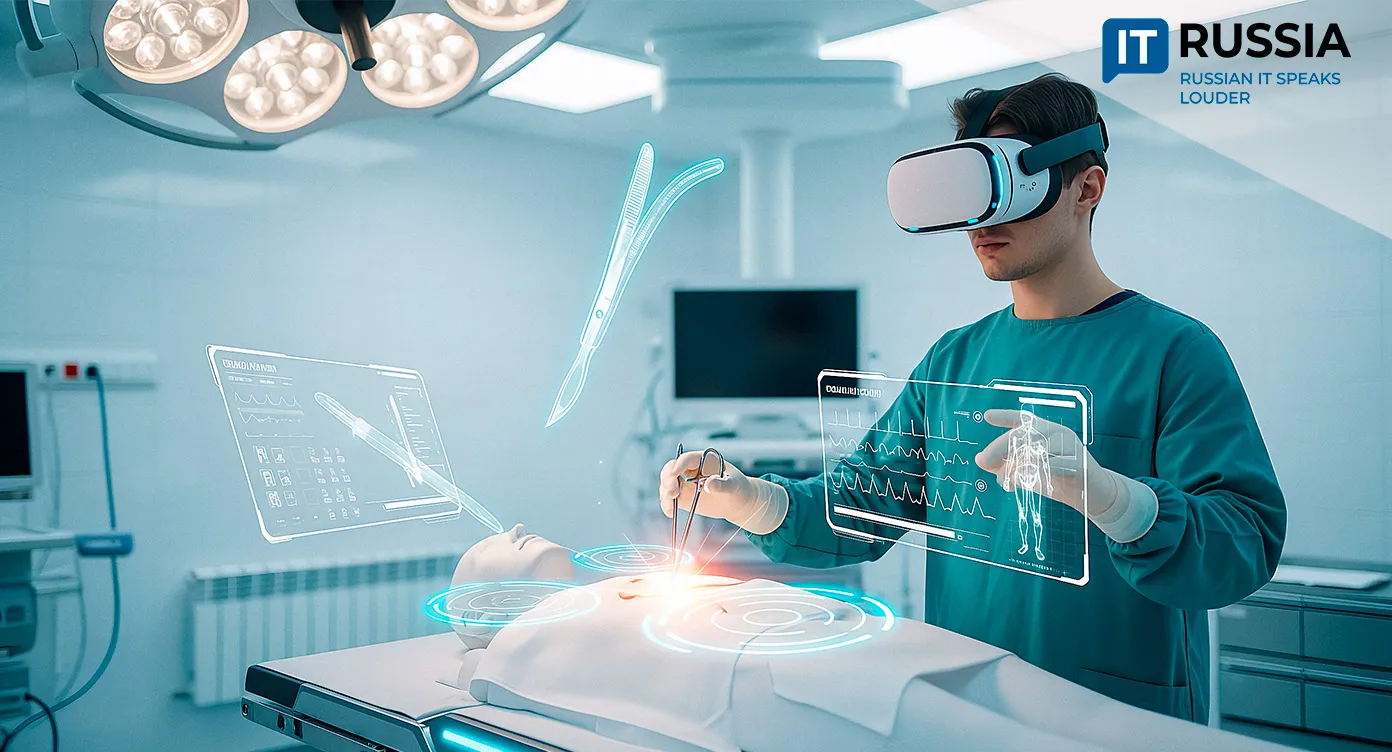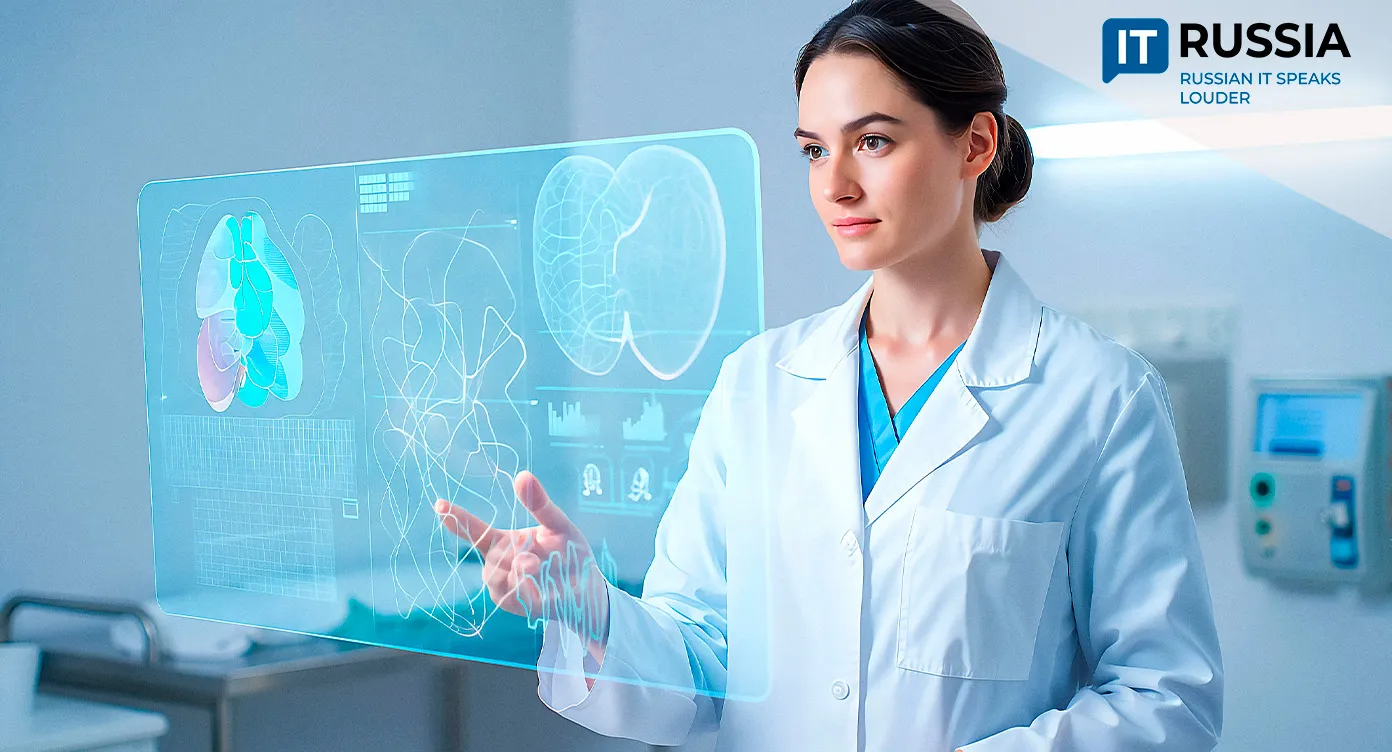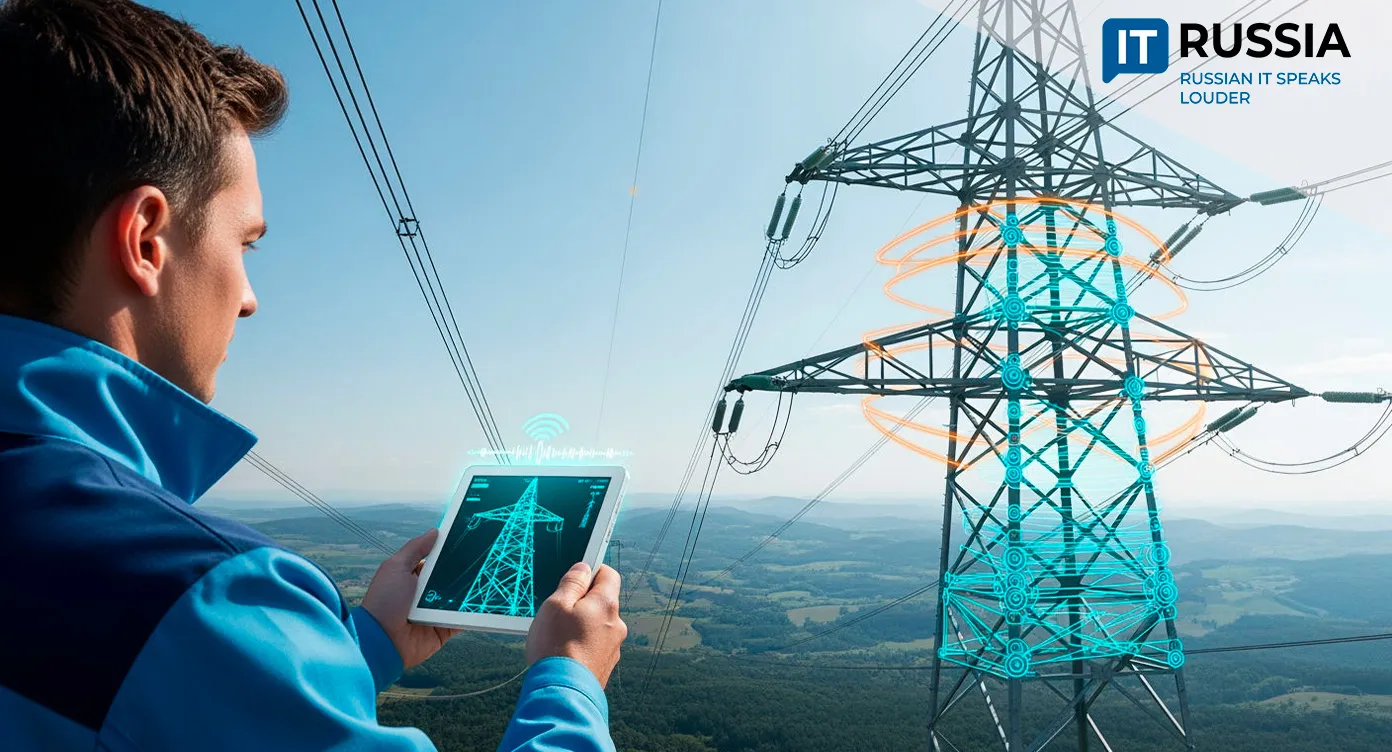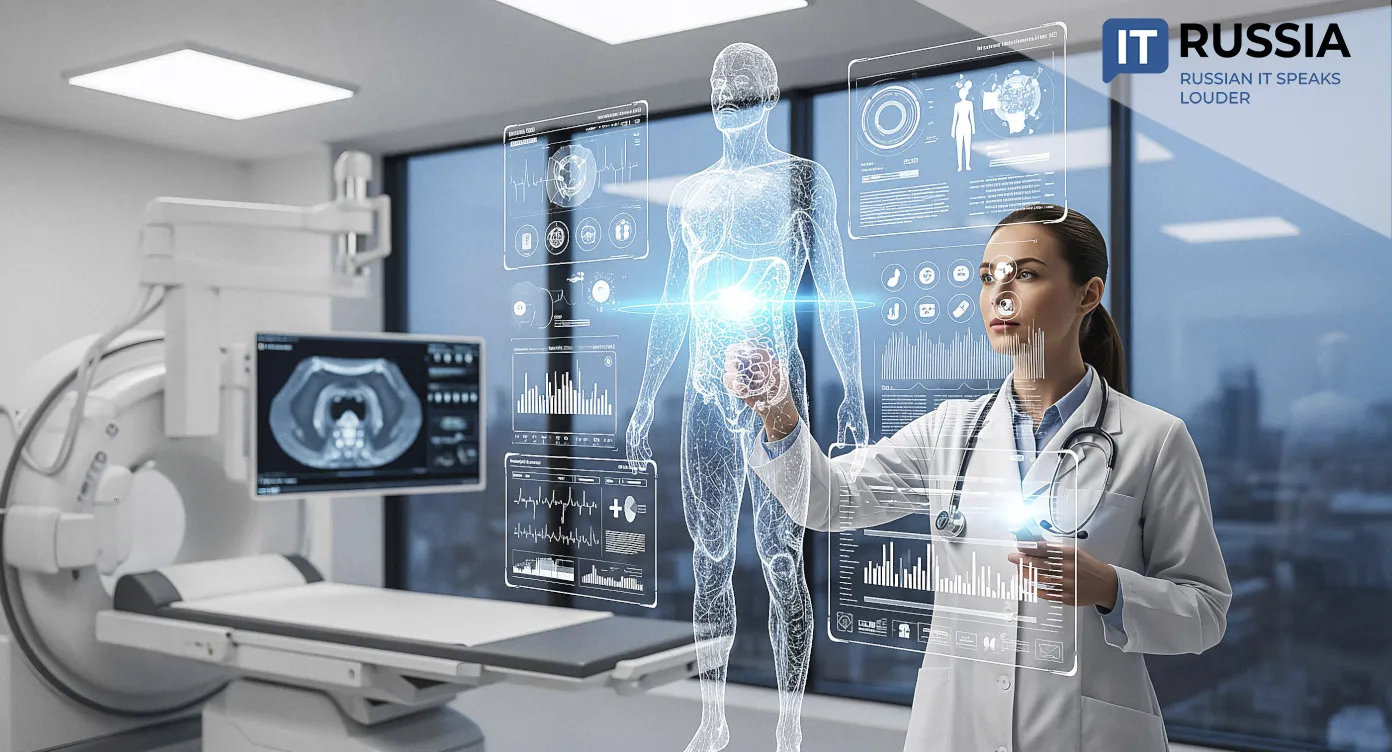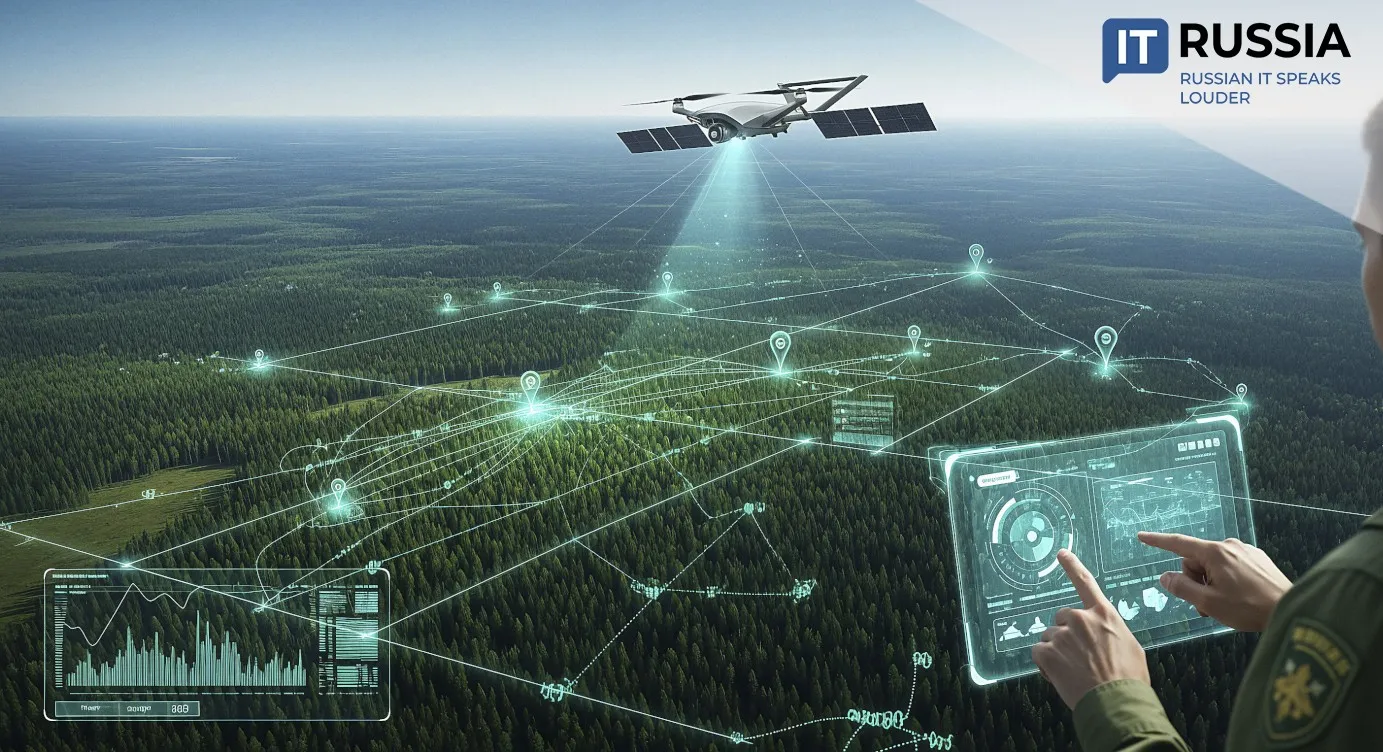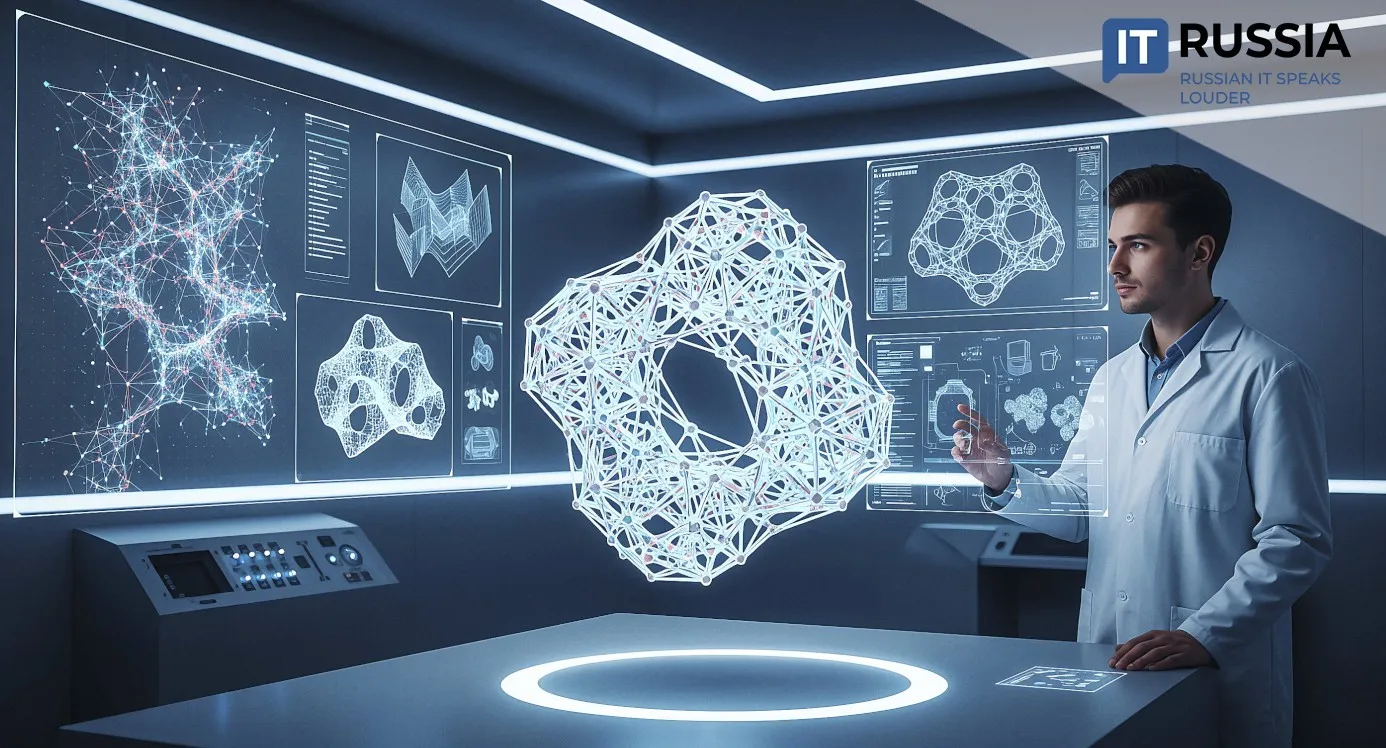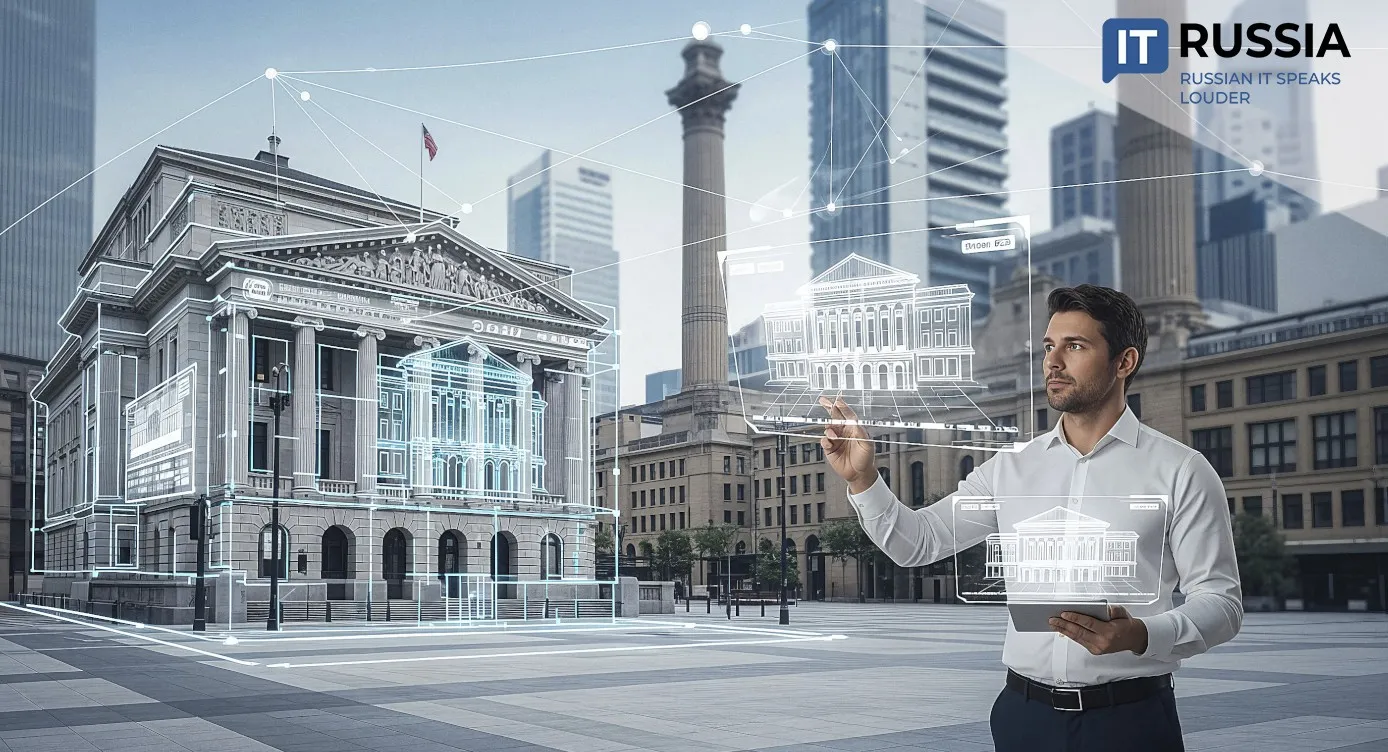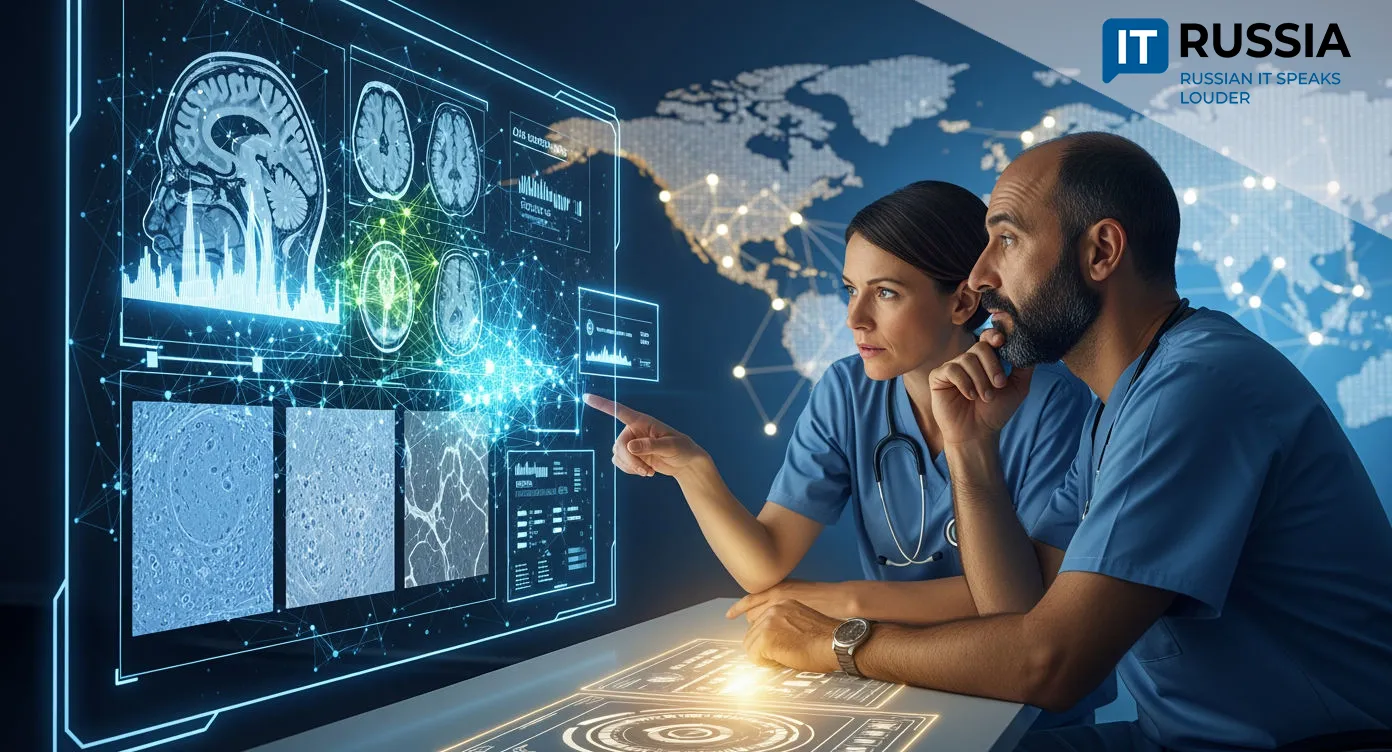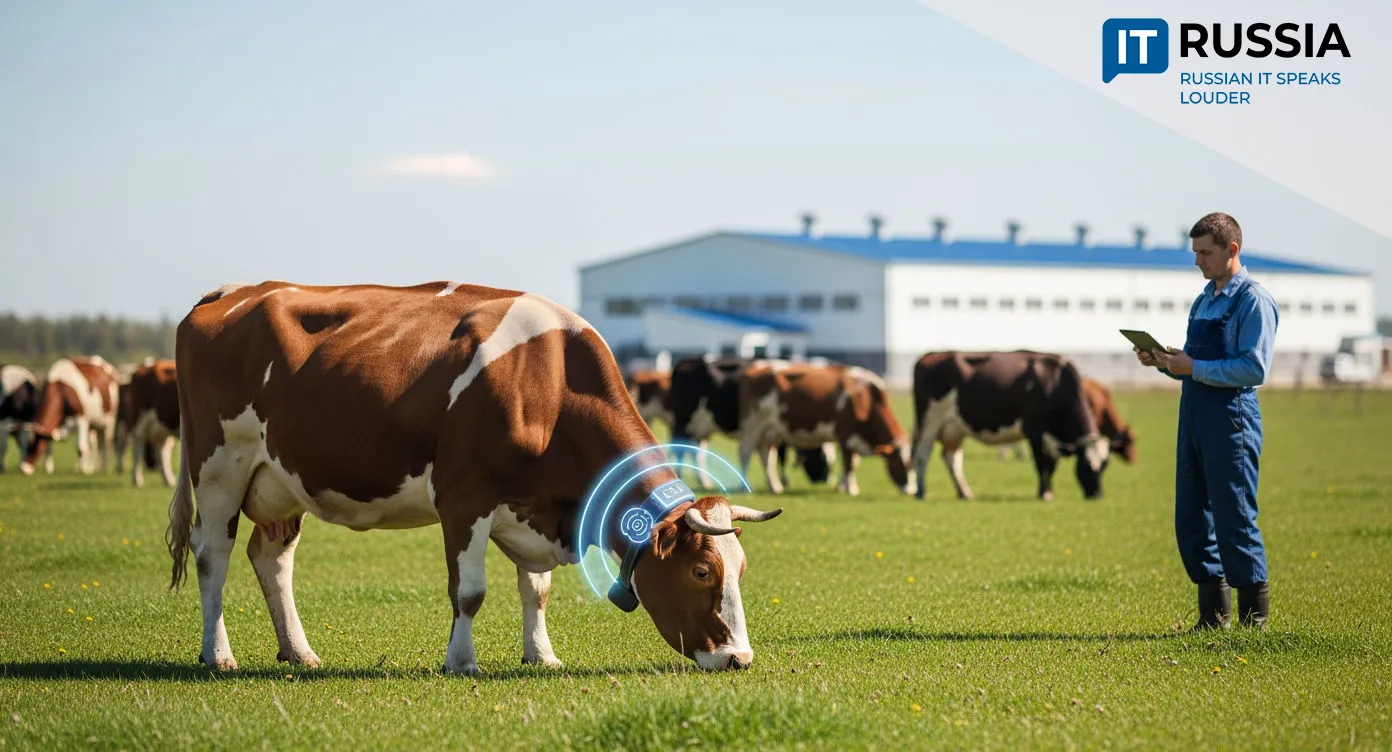Russia’s Digital Mobility Strategy: How AI, Contactless Tech, and Autonomous Systems Are Reshaping Transportation

A look at the national strategy redefining urban logistics and infrastructure efficiency through full-spectrum digitalization
By 2030, Russia aims to build a fully integrated, real-time, user-centered transportation system — not just for its largest cities, but across the entire country. The nation’s Ministry of Transport has unveiled a long-term strategy focused on deploying cross-cutting technologies: artificial intelligence, computer vision, the Internet of Things (IoT), and data-driven platforms. These efforts are transforming how people and freight move through cities, suburbs, and remote territories.
A New Standard for Everyday Convenience
One of the clearest early wins: the widespread adoption of contactless fare payments. Major cities like Moscow, St. Petersburg, and Kazan now support transit payments via smartphones, bank cards, and even biometric data. What began as a convenience has become the new standard — streamlining boarding, reducing transaction times, and boosting ridership satisfaction.
Behind the scenes, AI-driven traffic management systems are optimizing traffic lights and transit schedules using machine learning and real-time analytics. In cities such as Moscow and Nizhny Novgorod, these systems have already reduced average commute times by 10–15%. Freight logistics is also benefiting: AI algorithms now help plan delivery routes, monitor vehicle health, and minimize idle time — lowering operational costs and increasing reliability.
Autonomous Transport and Digital Twins on the Rise
Autonomous mobility is another pillar of the national plan. Pilot projects range from self-driving shuttles in Skolkovo and Innopolis to semi-autonomous rail systems on Moscow Central Diameters (MCD). In logistics, drones are starting to be used for last-mile delivery in hard-to-reach areas — a critical innovation for improving service in rural and suburban regions.
Perhaps the most promising technological shift is the creation of digital twins of transportation infrastructure. These virtual replicas of road networks, rail lines, intersections, and metro systems help forecast wear and tear, identify safety risks, and schedule predictive maintenance — reducing costs and preventing system failures.
Toward a Unified Mobility Ecosystem
At the federal level, Russia is building a “Digital Transportation Platform” — a centralized system that integrates data from municipal transit, smart city services, and utility infrastructure. The goal is to manage all modes of urban mobility — metro, surface transit, taxis, even parking systems — from a single interface.
This ecosystem is evolving in tandem with Russia’s broader smart city initiatives. By linking transport with energy grids, emergency services, and public administration, the country is building a holistic, responsive urban environment that improves quality of life and simplifies long-term infrastructure planning.
From Import Substitution to Tech Export
Russia’s ambitions go beyond replacing Western software. The government envisions exporting domestic digital mobility solutions — particularly in urban transit management, autonomous traffic control, and end-to-end logistics platforms. This pivot from dependency to innovation signals a broader evolution: digital transformation is no longer just a defensive strategy. It’s now a driver of international competitiveness.
From contactless payments and AI-optimized freight to autonomous buses and infrastructure digital twins, Russia is turning vision into reality. These technologies aren’t theoretical. They’re already improving transport accessibility, reliability, and efficiency for millions of users — and reshaping what’s possible in national infrastructure.


